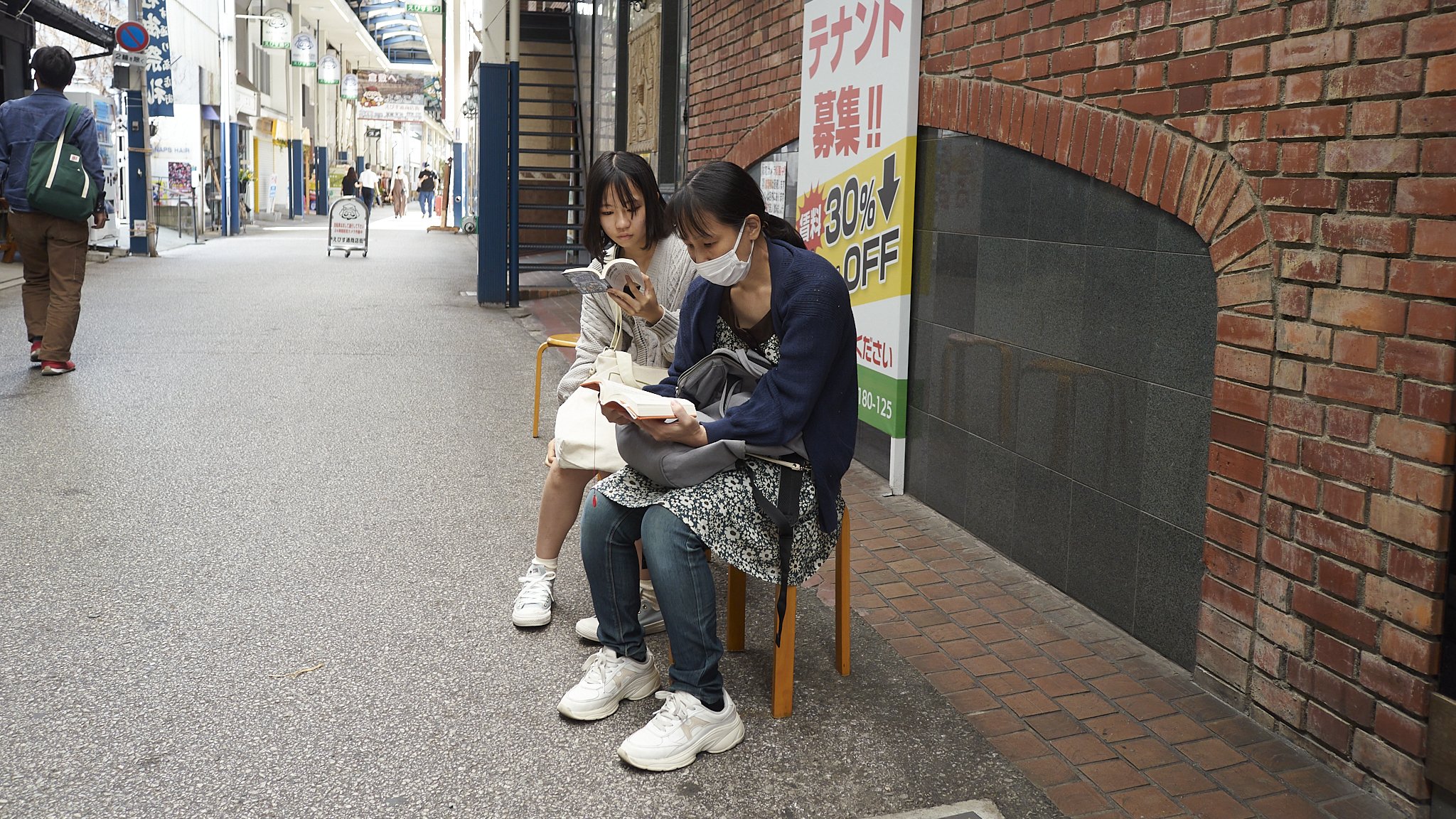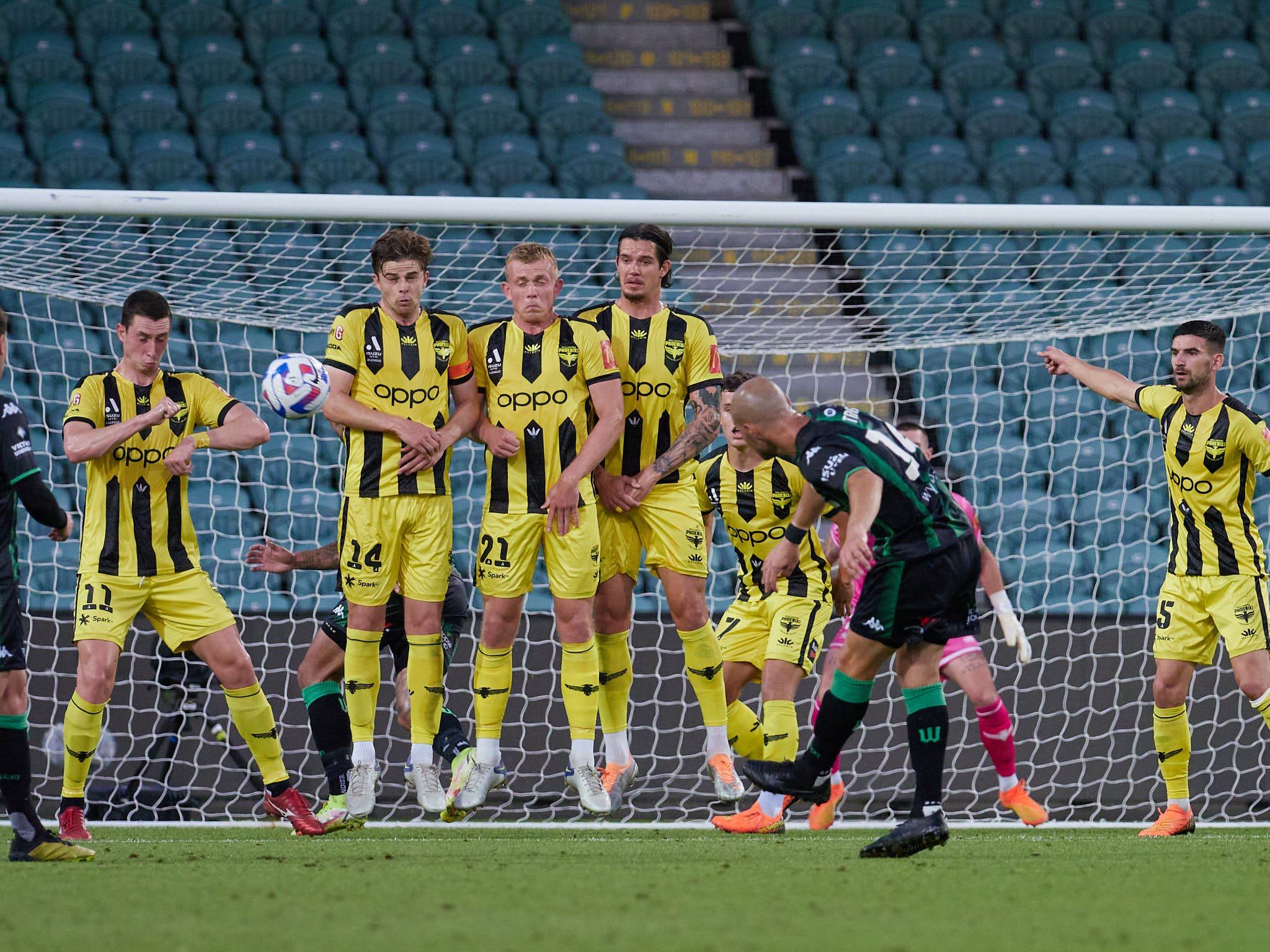The G9’s and S5 mk1 do not have All-i recording. The EM1’s do, but fall short in other ways.
The reality is, I do not really need it for most things, but also, it is not actually hard to upgrade to better, although that does come with some caveats.
The big question is I guess, am I willing to pay the price of more information and versatility, the price being massive storage needs or indeed get a camera just for this.
I want it, possibly need it, but I do not love the compromises it may force.
Options up until recently;
GH5 Mk2 $2000-. This camera offers All-i and high bit rate recording (400mbs). It also has live streaming capability and takes the same batteries and M43 lenses I have now. In the sales last year they were about $1600, which was tempting. Basically, apart from the Vlog-L upgrade included and the couple of All-i recording modes, it is a G9 with no top screen and maybe less capable AF/stabiliser. The reality is, This may have been the only form I would probably take All-i footage in, because it does it with minimum fuss. Any more effort smacks of overkill for me, and the camera is a perfectly capable G9 backup for stills, but with continuous recording and steaming. It can also take a Video Assist, gimbal etc. In hindsight, this would have been a good value filler.
GH6 $3000+. The above upgraded, but more than I need and possibly less? The need for a high speed CF card as second memory put me off last time and I doubt I will use half its maximum capabilities. This is overkill for me and with strings attached. Apple ProRes is great, but huge files and a messy workflow are not enticements.
BMPCC4k $2500+. This thing has a lot of video image quality advantages, as well as a free software upgrade and pro video interface, probably filling the hole I have, but with all my other cameras staying relevant as there is much it cannot do. Too many compromises, too dated even? The price includes all the added extras needed to make it work.
Sigma FP $2000+. A video specialist like the BMPCC4k, one that would take my Panasonic-L and retro glass. I have the screen and lenses, so only the camera is required. Cinema DNG eats 22GB per minute. Sorry, no way and even at it’s most workable settings, one TB is only 3hrs of footage.
Black Magic Video Assist (12g) $1000-1300. These will smooth the files and reduce ghosting on my existing camera (S5), give me the same software as the C4k camera and BRAW, but only the S5 will benefit it seems, because even though I have seen footage from G9’s made through them, the G9 is not listed as fully compatible, nor the EM1’s.
Ninja-V $800. Frustratingly, this is compatible with all my cameras, but not a DaVinci work flow (ProRes, not BRAW).
Then this dropped;
G9 Mk2 $3000. The just announced super hybrid. All the benefits of the GH6/S5mk2 with few of the down sides, some new stuff, some improvements, parameter shifting even, perfect form factor, accessory compatibility, no exotic needs. If I designed a camera for me, this would be it, although maybe I would have stopped short, not wanting to over-ask.
No limit or crop 4k, All-i/10bit/422/60p in LOG would have been the dream, but even more! External SSD storage without an interface, in camera 6k open gate, internal ProRes, dual SD cards, Gimbal-like stabilising, useable AF, are all bonus features!
I think we assumed at least recording limits, limited bit depth or paid for Vlog-L, but there are very few holes in this offer. It replaces the OM-1 and GH-6 as the respective top stills and video options.
The big bonus for me is I get all this while buying a genuine stills camera upgrade with no strings attached! It is a real cake-and-eat-it proposition. I could buy it and only ever use stills and 1080p, without feeling I have a single purpose machine being severely under utilised. If I want or need to go “full noise”, then 4k or even 6k are there, no issue, no upgrades needed, just there.
Two of these and I could possibly sell everything else, even the S5. No kidding. I won’t though, because they do not cost a cattle station each, so I might as well hold onto the depth I have and just flog them all.
Getting one soon for video and another when they price drops for general use makes sense. The Mk2 for example could do the job of an EM1x for sport, but so do they.
It is like I will have the “one ring to bind them all”, but all the other rings do their specific jobs just fine as well.
The G9 Mk1’s are still my favourite stills cams for some jobs, and decent B-Cam options for video. One of these is near new and may even get the VLOG-L upgrade.
The S5 has super high ISO performance as long as I use a fast lens with it, or the advantage is mostly lost. The shallow depth thing is a factor also, although not as much as many assume. Full LOG means I have two matched cameras at the “pointy” end. This has done very little work and will still be my static interview cam.
The EM1x’s are my sports cams, as much for their form factor and sheer value as anything else. Probably about 80% working life still left in each. Like the G9’s, one of these is hardly used.
The EM mk2’s have paid for themselves over and over, so every day is a bonus. No idea of shutter count, but even the older one is still a daily user.
The Pen F is special, if limited. Hardly used, it is my personal ride.
The Pen mini, EM10 & 5’s are handy shelf warmers, good for camera risky, personal or low stress jobs like travel or studio. Just these, all well used and a couple over ten years old probably still have 1-200,000 shutter fires left in them in total. That’s a career for some shooters.
















































































































